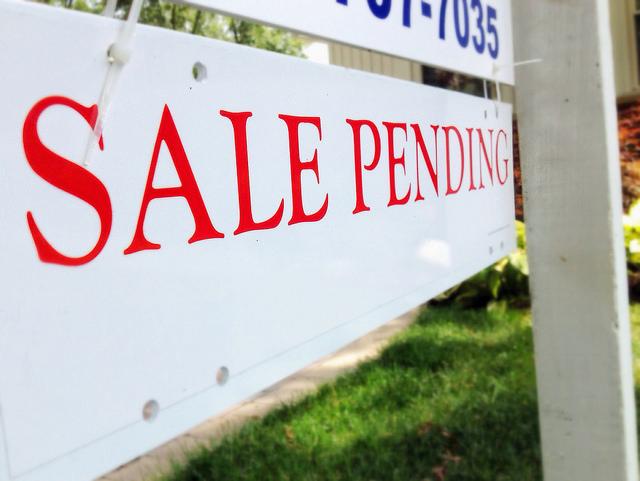Over the past 40 years, the typical new home has grown about 1,000 square feet. It seems, for American homeowners, their current home is always smaller than the home they hope to one day buy. But is that always the case? Well, not according to a recent survey from Trulia. Sure, the results show just 32 percent of homeowners say they’d move into a house the same size as the one they currently own. But whether that’s because they feel their house is too big or too small depends on some other factors. Generally, older homeowners and people currently living in homes larger than 2,000 square feet say they’d prefer to downsize, while younger buyers and those living in smaller homes dream of a bigger house. Most of that makes perfect sense. For example, older homeowners may prefer a smaller house due to the maintenance and upkeep issues that a bigger home presents. But when the number of people who say they’d prefer a smaller house rises along with the square footage of their current home, it suggest that there may be, in fact, a point when a house has more space than necessary, regardless of your age. In short, though new homes may keep getting bigger, whether or not you want one probably has more to do with the size of your family, your financial situation, and future life goals. More here.













